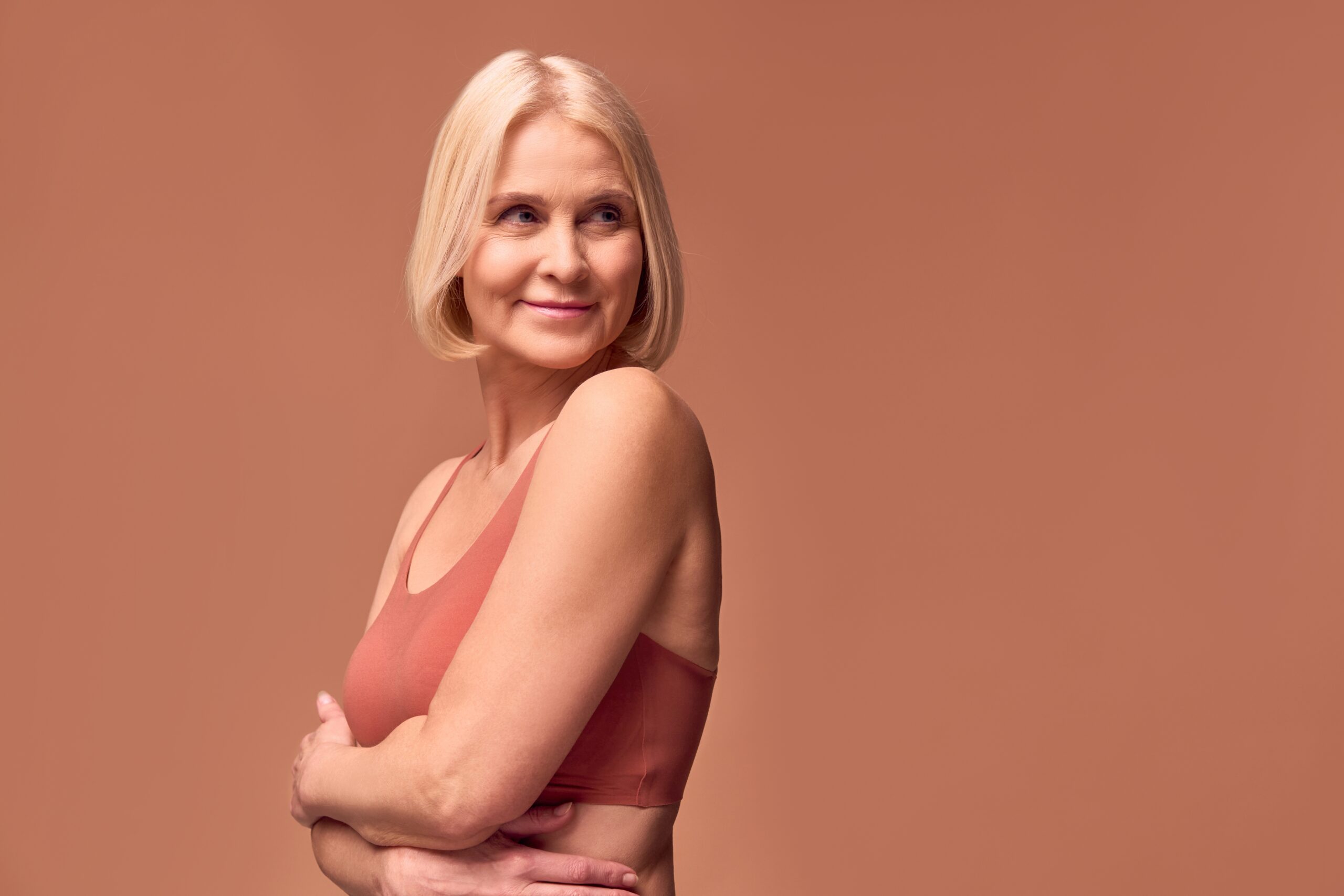Why exercise is even more important as we approach menopause

Menopause is as natural as any other phase of your life, but the transition can have a big impact on your health. Happily, we can all transition with grace, especially if we realise that changing the way we approach exercise becomes more important than ever. If you’re new to working out or want to optimise your time in the club, these are the exercises that will work harder to empower you as you navigate the shift.
Balance your hormones naturally
The average woman enters her perimenopausal era as early as her 40s when her oestrogen levels start to decline. Symptoms include those famous hot flashes, mood swings and a struggle to get a good night’s sleep. Fortunately, studies show that getting as little as two and a half hours of exercise a week will promote the release of endorphins. These are the feel-good hormones that give you a natural boost and can go a long way towards naturally counteracting the creeping hormonal imbalance that could leave you feeling tired and uncomfortable. Regular exercise will also help protect your heart, reduce your blood pressure and cholesterol levels while improving circulation. All this is important as menopause is associated with an increased risk of heart disease, again due to the decline in oestrogen levels.
Embrace the wonder of weights
While any type of exercise is going to help you balance those hormones, you’re going to want to include weight-bearing exercises – things like walking and running (where your body carries your weight) or, even better, strength training. The latter could be any exercise that sees you working against your body weight – hello push-ups! – or lifting actual weights. You’ll also reap big rewards with our resistance-training classes like CrossFit, HIIT and Pilates using reformer machines.
Why is strength training so important? It stimulates the production of bone-forming cells that also take a knock during menopause. Remember, oestrogen plays a vital role in keeping our bones healthy and strong so, when it declines, it puts us at a greater risk of developing osteoporosis. Again, prevention is always better than cure so don’t wait until you hit your 40s to start lifting!
Turbo boost your metabolism
As the years march on, you might it more difficult to shift weight in your midsection. Again, this is due to the decline of oestrogen. It causes the amount of available testosterone in your body to increase, and the imbalance tends to trigger a redistribution of where your body stores fat. Alas, no magic diet or exercise can melt fat in any specific area. While you can target your abdominal muscles with exercises like sit-ups or core-focused classes like Pilates, you’ll still need to be in a calorie deficit to lose weight and see those well-toned muscles. This is why any type of exercise that burns calories will help you keep the weight off, but some exercises are proven to help burn calories faster. We’ve put together a great list over here so you don’t have to work for longer, just smarter!
Get a great night’s sleep
You’re tossing, you’re turning, you’re doom scrolling. Getting a good night’s sleep can feel impossible when you’re experiencing menopause-related symptoms like night sweats and insomnia. This is where regular mind-body exercises can help. It’s been proven time and again that yoga and Pilates as well as any exercise that helps you zone out and relax – think barre classes or belly dancing – help promote relaxation and reduce anxiety. Also, don’t forget about swimming. New research has found that, compared to a high-impact exercise like running, swimming is much more effective at reducing cortisol, the stress hormone. Either way, make sure your exercise routine includes those that help you feel more focused and inspire a sense of calm, even if it’s just a great stretching class. These will go a long way towards improving your pillow time.
Here’s to embracing change and creating a stronger, happier, healthier version of you – in every stage of life!
